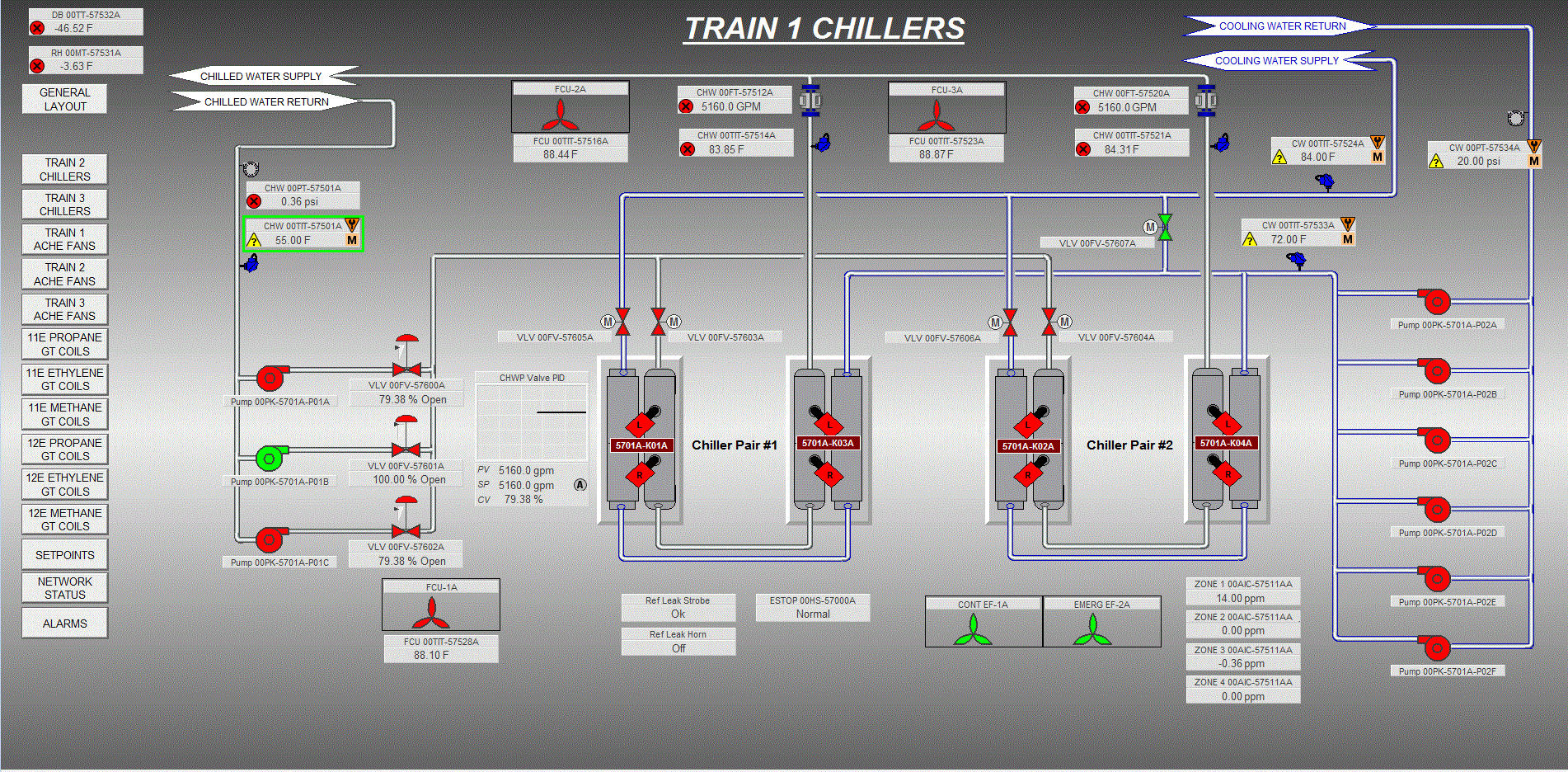In a day and age when technology is advancing more rapidly than ever before, the success of manufacturers and power plant owners has become increasingly reliant on facilities’ ability to execute changes quickly, efficiently, and cost-effectively.
This is particularly true in the process control realm, where a significant increase in both the number of solutions available on the marketplace, along with the capabilities they offer, has provided plant operators with the opportunity to continuously optimize their operations at a relatively low cost.
Proprietary vs. Open Control Solutions
When it comes to choosing a control solution, operators generally have two types of architecture to choose from: closed (i.e., proprietary) or open. At Stellar Energy, we have experience with both proprietary and open systems and design and integrate our solutions using either option.
In recent years, many facilities have elected to implement proprietary distributed control systems (DCS) in an effort to integrate plant equipment and processes. One of the biggest drawbacks of these types of systems, however, is that they typically are not designed for small customizable add-ons or upgrades. In the power industry, where flexibility is critical, this can be very prohibitive.
Power plants utilizing open frameworks often have control rooms filled with monitors that display HMI graphics from various balance of plant systems. Each system has its own integrators and individual screens, so there can be a lot of variance when it comes to how they look and work. In addition, because these systems typically don’t look or act like the proprietary DCS technologies many operators have become accustomed to, users are sometimes hesitant to make changes that can improve the operation of their facility.
In an effort to help operators avoid these issues, Stellar Energy can utilize open control solutions for power augmentation projects that deliver all the core capabilities of a proprietary system to address the requirements of process control. The systems, however, are built on an open architecture utilizing Ethernet/IP as their communication backbone. As a result, they can seamlessly integrate with other automation systems and software platforms. This type of framework is often referred to as a “modern DCS”, as it is both highly scalable and customizable, but retains many of the advantages offered by a proprietary solution, particularly with regards to usability and security.
The Benefits of Using an Open Framework
Deploying an open control framework with DCS-like features can provide a number of operational advantages. First and foremost, by having PLC code elements (Add-On Instructions or AOIs) and HMI faceplates, operators can tailor frameworks to the unique demands of their facility/process — whether it be for a Turbine Inlet Air Chilling or Turbine Inlet Air Heating system.
Utilizing a modular library of AOIs also eliminates the need for separately program scaling, alarming and a utomatic/manual control routines, which drastically reduces both the time and
utomatic/manual control routines, which drastically reduces both the time and
engineering resources required to commission instrumentation and control elements such as drives and motors. This can sometimes be a concern with non-proprietary systems, as they often require engineers to go through the tedious process of manually programming multiple control loops and databases when a single I/O point or additional control logic is added.
Moreover, the faceplates and global objects used for the open-source solutions Stellar Energy deploys are very DCS-like in appearance and similar for all control elements, which makes it easy for power plant operators to become familiar with systems relatively quickly.
Systems come equipped with a suite of tools that allow for the creation of customizable features, such as HMI alarms, color schemes, and configuration tools for creating all PLC tags in a .csv file. This can be particularly advantageous in control rooms where personnel are tasked with managing multiple systems, each with its own graphic standards or conventions. By having the capability to specify that one system’s graphics match others, plant owners can reduce the likelihood of operator error, expedite training, and improve overall usability.
In today’s competitive industrial landscape, having the ability to efficiently execute changes geared toward optimization and keep pace with rapidly advancing technology is a strategic advantage.
The open-source control solutions used by Stellar Energy allows our customers to improve their bottom line and become more agile by simplifying integration, streamlining commissioning, and providing increased operational flexibility. This ultimately enables them to leverage control systems well beyond the cost of their implementation by taking an “always advancing” approach to their facility — all while enabling plant-wide control and optimization for a lower total cost of ownership.
The Bottom Line
Stellar Energy can provide either proprietary or open control solutions, depending on the particular application and owner requirements. However, the decision of control architecture should be addressed early in the engineering process as the implications can drive other design considerations.










Thanks for your blog.I really like your blog the way you explain the concept is awesome .The method of heating is nowadays a concept that everyone has to understand. Really love you blog.